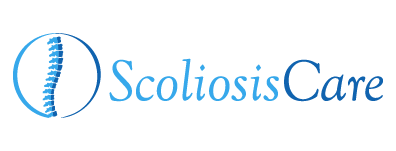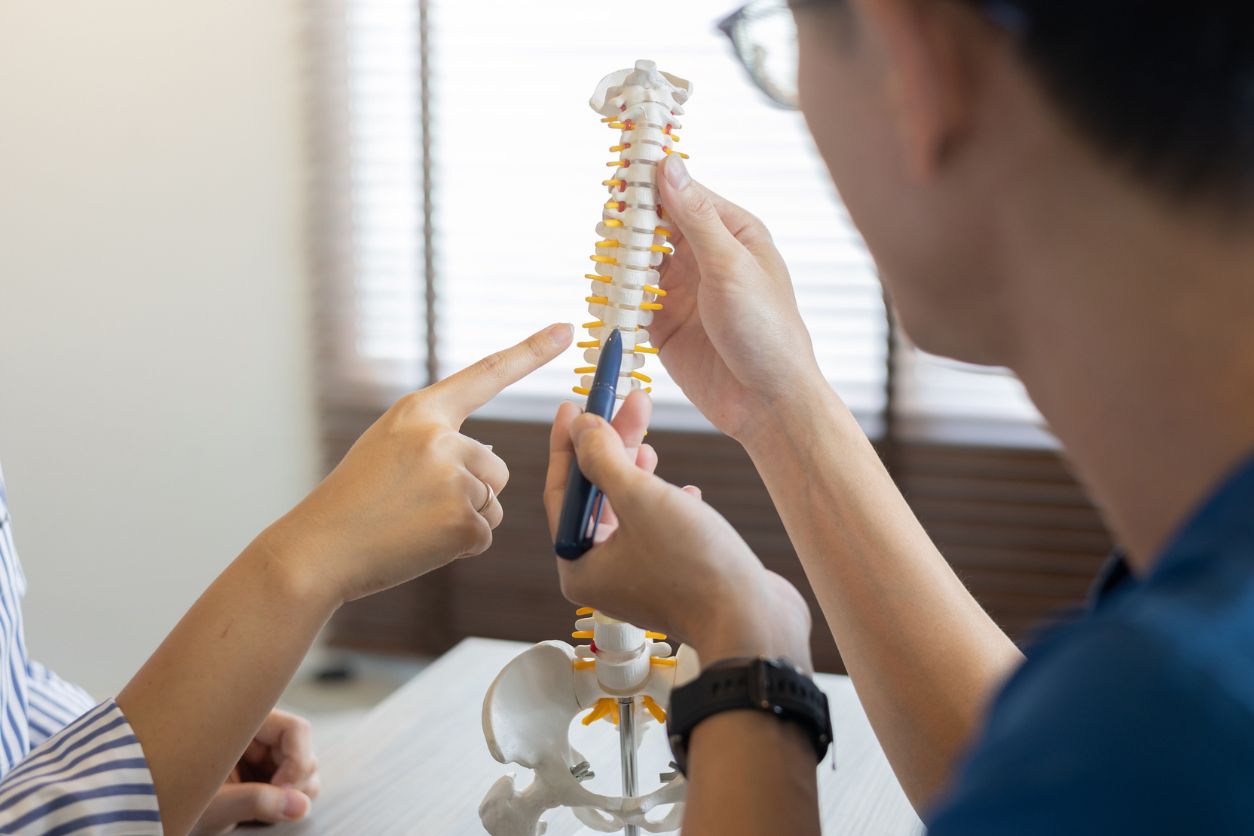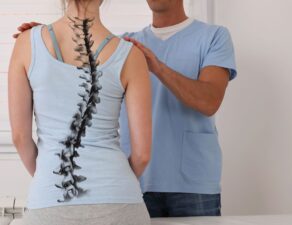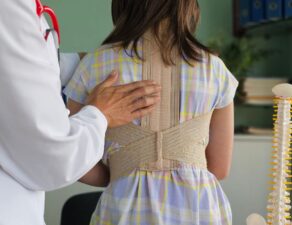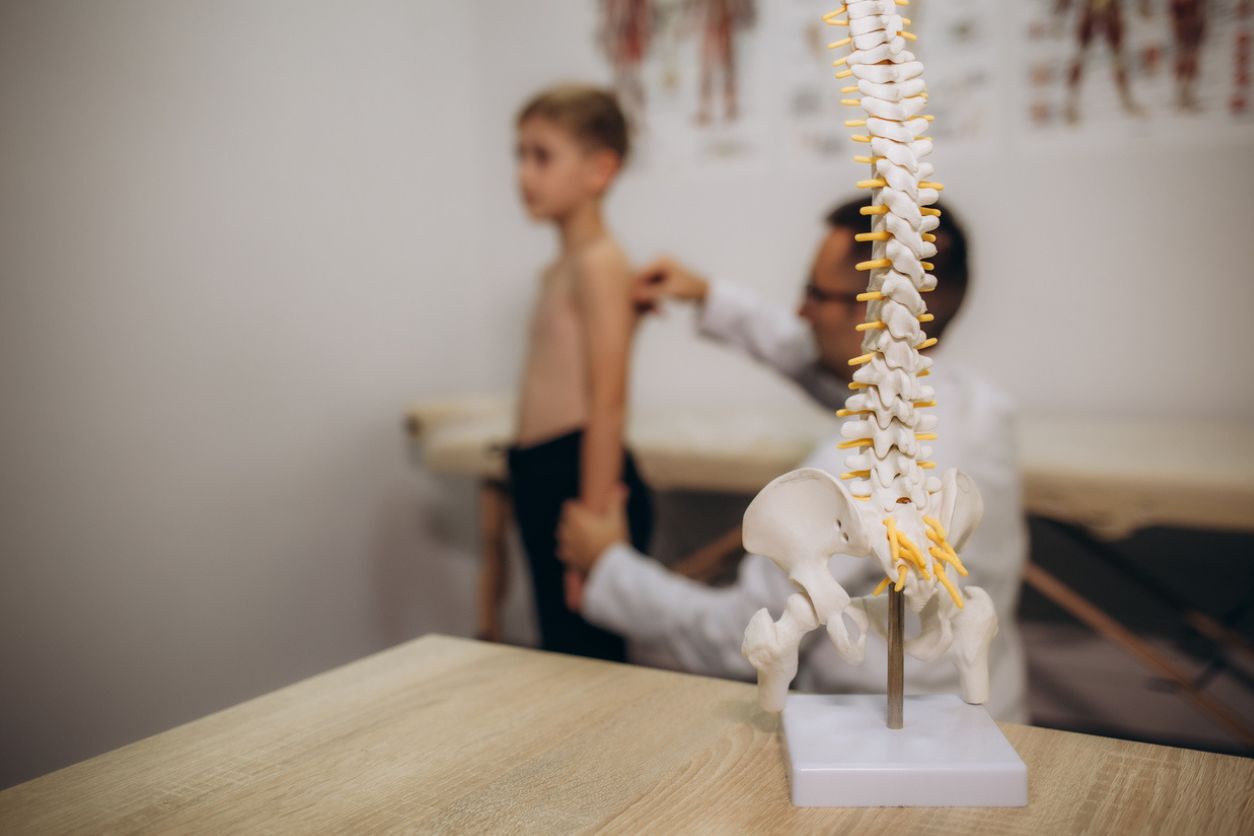
Pediatric scoliosis surgery is a significant event for both the child and their family. Understanding what to expect before, during, and after the surgery can help ease concerns and prepare for the recovery journey.
Please note that if your child is undergoing scoliosis surgery, your surgeon will provide you with specific expectations and care instructions based on your case, and you should refer to their advice. This blog is intended for general education purposes and does not replace the advice of a medical professional.
The Procedure
Pediatric scoliosis surgery often involves a posterior spinal fusion, a selective fusion that aims to correct spinal curvature while minimizing impact on growth and motion. This procedure is generally permanent, with a low likelihood of needing revision due to its careful planning and execution.
Day of Surgery: The Process
Morning of Surgery
The day begins in the pre-op holding area, where final discussions and consents take place. The child will receive medication to ease into the procedure comfortably, remembering little of the transition to the operating room.
During Surgery
The operation can last between four to six hours, depending on the complexity. Safety and precision are paramount, with the surgical team keeping the family updated throughout the process.
After Surgery: Recovery and Healing
Hospital Stay
Initially, the child will spend time in the ICU for close monitoring, followed by a few days in the hospital for pain management and recovery initiation. Pain is carefully managed, and mobility is gradually increased to aid healing.
Returning Home
Discharge from the hospital comes with guidelines to ensure a smooth transition. Restrictions are minimal but important for healing, focusing on avoiding strenuous activities while encouraging movement to prevent stiffness.
Post-operative Care: Follow-up and Rehabilitation
School and Activities
Children can typically return to school within two to six weeks, with adjustments made for a gradual reintegration. Full physical activities can resume around four months post-surgery, allowing children to enjoy the activities they did pre-operatively without long-term restrictions.
Physical Therapy
Not all children require physical therapy post-surgery. If needed, it’s usually considered around the six-week mark, focusing on mobility and addressing any postural compensations.
Long-term Considerations
While the prospect of pediatric scoliosis surgery can be daunting, understanding the procedure, recovery expectations, and long-term care can provide reassurance. The goal is always to ensure the best possible outcome for the child, allowing them to return to their daily activities with improved spinal health.
Expert Care with Dr. Siambanes
For families navigating the decision of pediatric scoliosis surgery, Dr. Siambanes and his team offer expert care and support. Specializing in both pediatric and adult scoliosis, Dr. Siambanes is dedicated to providing personalized treatment plans that address the unique needs of each patient, ensuring a comprehensive approach to spinal health and recovery.
Pediatric scoliosis surgery is a journey from the initial diagnosis through recovery and beyond. With the right preparation, support, and care, children can emerge from this experience with a stronger spine and the ability to lead a full, active life.
